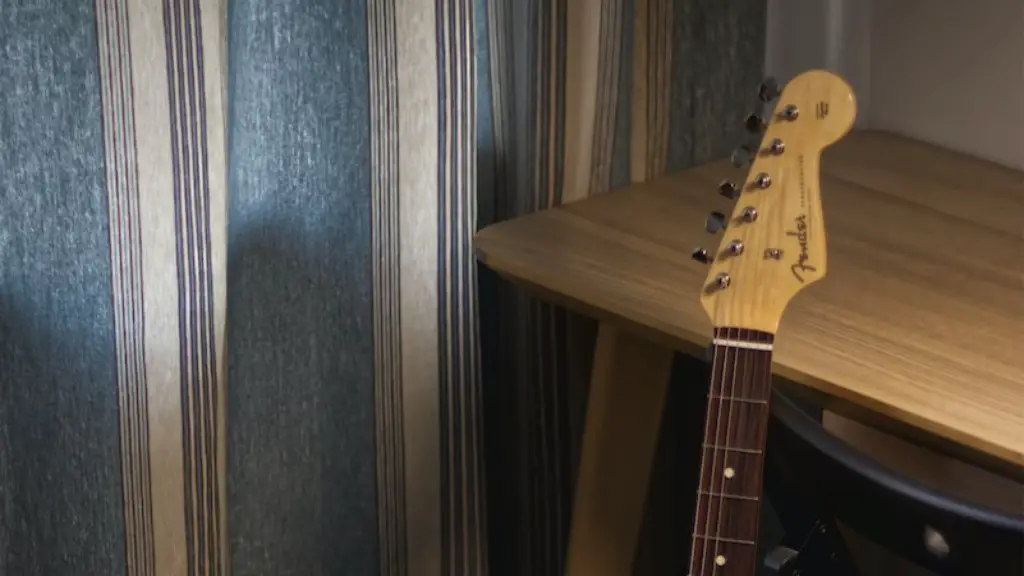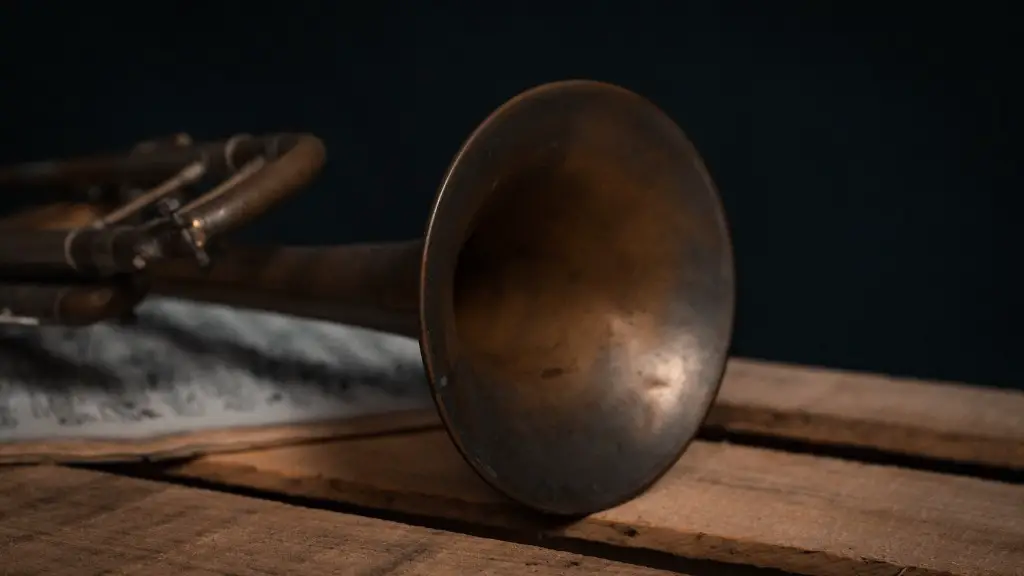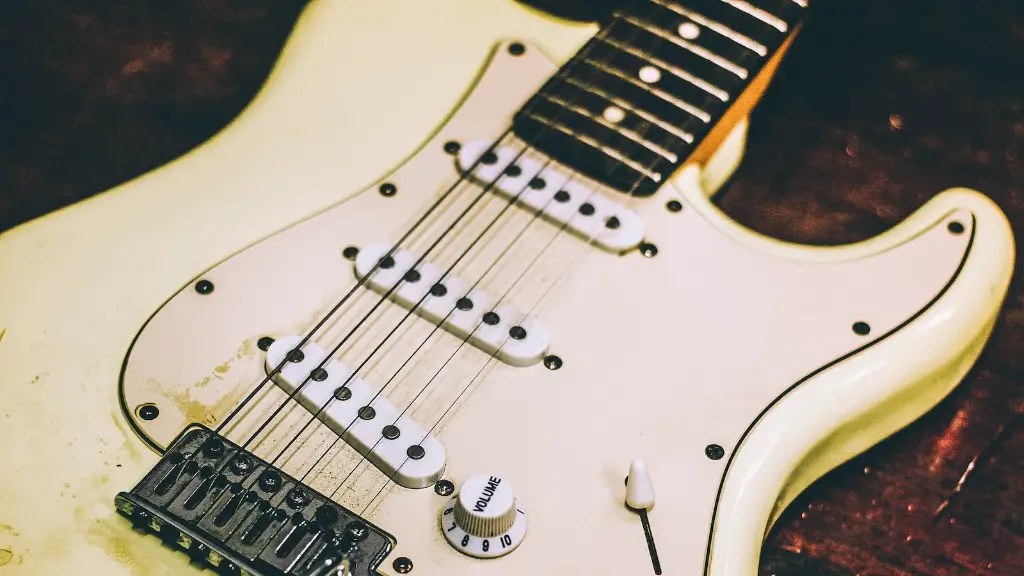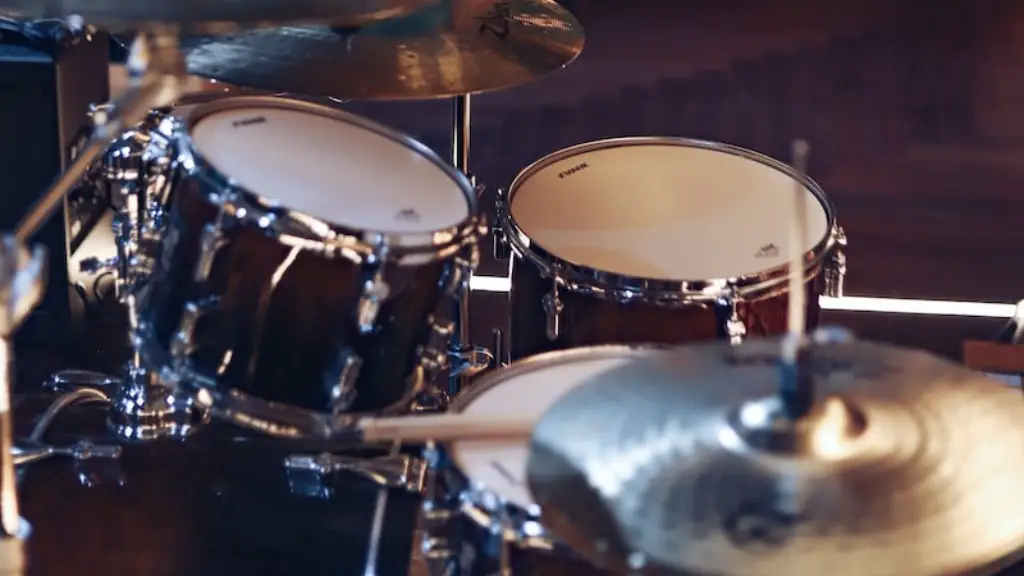Learning electric guitar can be an exciting and rewarding experience. With a little patience and dedication, you can teach yourself how to play electric guitar.
To get started, you’ll need an electric guitar, an amplifier, and a few accessories (e.g. guitar picks). You’ll also need some instruction books or online lessons to help you understand the basics of playing electric guitar. It’s important to have patience with yourself as you learn the fundamentals; it may take time before you feel comfortable playing on your own.
Once you’ve mastered the basics, practice regularly and challenge yourself with new techniques and songs. As your skills improve, you will gain more confidence as a musician. Don’t be afraid to experiment with different styles of music and explore new sounds!
With dedication and practice, learning electric guitar can be a fun hobby for anyone.
Tune the Guitar
Tuning your electric guitar is an important skill to have. It’s the first step in self teaching electric guitar and will help you play better, faster. To begin tuning, make sure your guitar is in standard tuning (EADGBE). Start by picking one of the strings and turning its tuning peg until you hear it match a note on a nearby piano or tuner. Then move to the next string, matching its pitch to the note you just tuned. Once all strings have been tuned, double check that all of them are in tune by playing each string individually. If you hear any buzzing or off-pitches, re-tune until they sound right.
Once your guitar is in tune, it’s time to start learning chords and scales. It’s best to use an online tutorial or instructional book for this step as it can be difficult to learn on your own. With practice and patience, you’ll soon be playing like a pro! Don’t forget that keeping your guitar in tune is key for good sound quality and accuracy.
Learn the Basics of Music Theory
Are you looking to self teach electric guitar? Music theory is an essential skill for any musician and understanding it is key to becoming a great player. It can provide a greater understanding of the instrument, allowing you to express yourself better. The basics of music theory include scales, chords, progressions, and improvisation techniques.
Scales are used to create melodies by playing notes in a specific order. They are built on intervals and can be major or minor. Chords are combinations of notes that create a harmonic sound. They can be used to play chords, arpeggios, and progressions. Progressions are sequences of chords that create movement in a song. Improvisation involves playing melodies over chords in real time.
Learning the basics of music theory is an essential step for self teaching electric guitar. It will help you understand the instrument better and allow you to express yourself musically. With practice and dedication, you will be able to take your guitar playing to the next level!
Develop Essential Skills for Self Teaching Electric Guitar
Learning the electric guitar can be a rewarding and exciting experience. To get the most out of your self-teaching journey, you need to develop essential skills that will help you progress faster. Start by understanding the basics of guitar playing, such as basic chords and theory. Once you have acquired this knowledge, begin to practice scales and strumming patterns. This will help you develop finger dexterity and coordination. Once you have a good grasp of the basics, start exploring different genres such as blues, rock and jazz.
Guitarists who want to progress quickly should also focus on their improvisation techniques. Learn how to solo using various scales, modes and techniques. Practice with a metronome or backing track to improve timing and accuracy. As you become more confident in your abilities, practice jamming with other musicians or create your own music. Consistent practice is key for developing essential skills, so set aside some time each day to practice your guitar playing. With dedication and hard work, you can become an excellent self-taught electric guitarist!
Reading Tablatures and Chord Charts
Learning to play electric guitar can be a daunting task. One of the most important skills in playing guitar is learning to read tablatures and chord charts. This can seem like a difficult skill for beginners, but with practice and dedication it can become second nature. Tablatures and chord charts are symbols that represent musical notes, chords, and riffs.
Tablatures are often used by classical guitarists, but they are also widely used by electric guitarists. They consist of six lines that represent the strings of the guitar, with numbers indicating which frets to press down on each string. Once you get used to reading tablatures, you will be able to learn any song quickly and easily.
Chord charts provide a visual representation of chords on the fretboard. Each chord is represented by a diagram that shows which strings to press down on at what fret. Chord charts are usually combined with tablatures in order to provide a better understanding of how the song should sound when played correctly.
With some practice and dedication, reading tablatures and chord charts can become second nature for any guitarist. Learning these skills will open up a whole new world of music for you to explore and enjoy! Take your time learning these skills, as they are invaluable for any aspiring electric guitarist.
Learn Major and Minor Scales
Learning major and minor scales is an essential part of becoming a proficient electric guitar player. Scales are the foundation of all music, and once you understand them, you will be able to play confidently in any musical situation. To self-teach electric guitar scales, start by learning the most common major and minor scales. Once you have become comfortable with playing these basic scales, move onto more complex scales like chromatic or modal scales. With practice, you can learn to play your favorite songs using the different scales.
When practicing scales, it is important to practice with a metronome to ensure that you are playing at the correct tempo. As you become more familiar with the notes in each scale, try improvising with them or creating your own melodies. Learning major and minor scales can open up a world of possibilities for your electric guitar playing. Finally, practice your electric guitar skills regularly in order to gain proficiency quickly and confidently.




